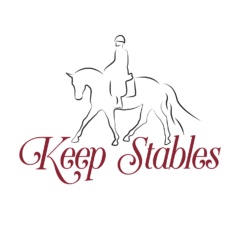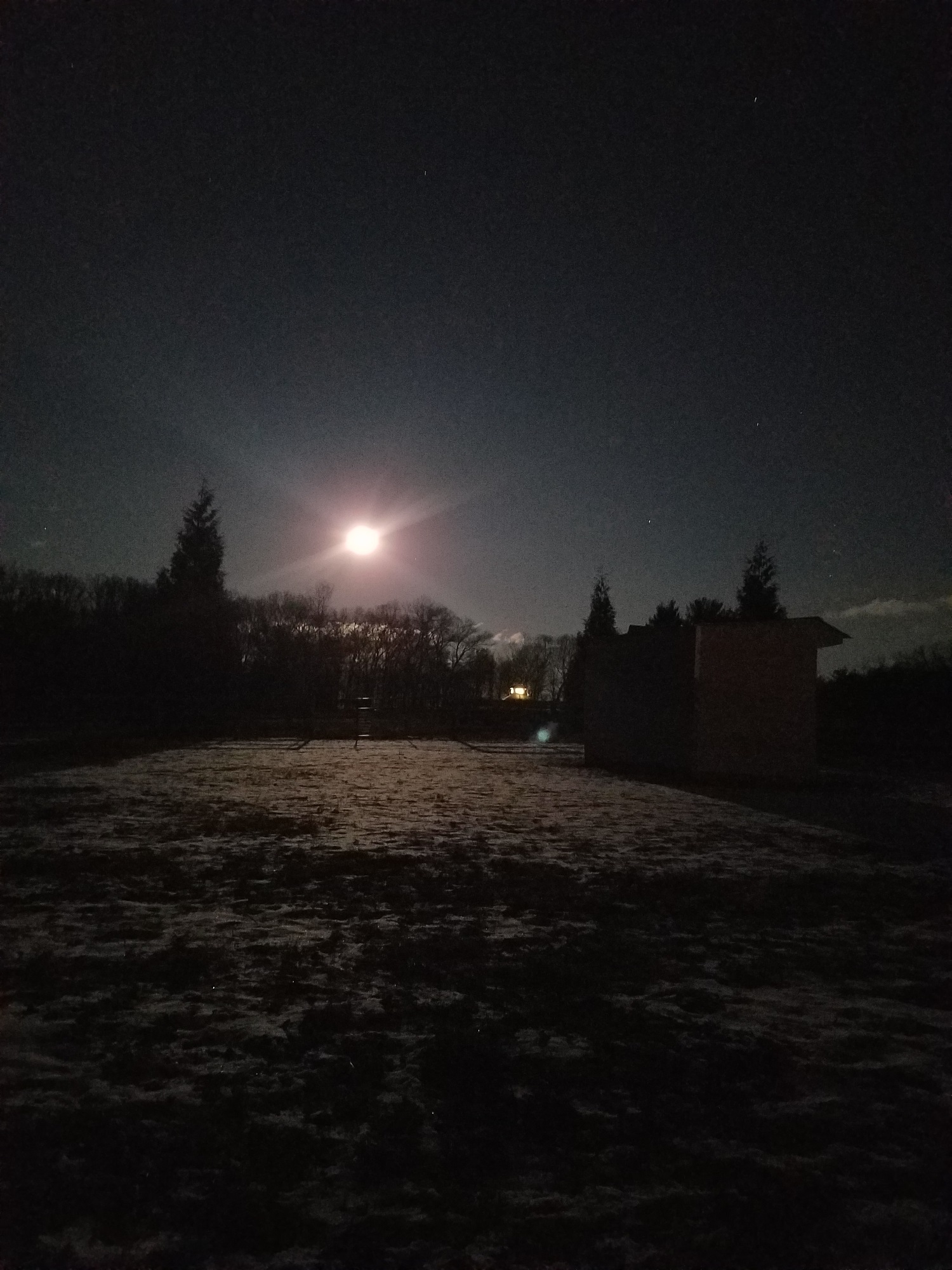Here are some really insightful quotes about Dressage and horsemanship which I want to share. – Amira
Mary Wanless on learning through the levels
From www.mary-wanless.com
I increasingly think that within the sphere of dressage there are two kinds of riders, and I hope to encourage a ‘third way’ which avoids the traps inherent in both positions. There are those who are content to ride preliminary dressage tests forever, and those who have great ambitions that will not be satisfied until they reach Prix St George – whatever the cost to the horse.
In the ‘third way’ people would progress up through the competitive grades in the way a young horse is ideally supposed to. But few riders either have, or learn ‘en route’, the skills that are required. The truth is that most people have at least one ‘sacrificial horse’, who they ride without enough skill or respect to be ethical in their approach. They might be determinedly competitive, or just putzing around, but either way they are doing that horse a disservice. Hopefully, they then meet a good trainer who helps them dig themselves out of the holes they have dug themselves into. Depending on how easily they turn things around, that horse may remain their sacrificial horse (but will, we hope, be the last of the line), or he may become their ‘laboratory horse’.
This is the horse on which they discover how the rider/horse interaction works. When you reach this stage, your riding may not always be brilliant, but you are heading in the right direction, and working it out as you go along. This rider could, in theory, go up through the competition grades making that ideal progression, but she is likely to find that the lateral movements pose her some big difficulties that keep her in the laboratory. More likely, she will make that progression on her next horse, who will benefit from all the learnings on the other two, and will not have to suffer her inept attempts at riding.
Some of the people who come on my courses arrive saying ‘I’m only a happy hacker, and I do the odd competition, but I want to ride my horse in a way that does not hamper him. I want to know that I’m being ethical.’ What usually happens is that they get to this stage and find it so exciting and satisfying that they want to learn more! But it is fine to choose to stop there, and horses do not stand in their stables thinking ‘This is terrible. I’ve been wasted. I’m seven, and I ought to be at medium by now!’
However, it saddens me enormously when the choice not to progress has been imposed on the rider through resignation. This happens when she becomes convinced that she does not have the talent to go further, and resigns herself to doing her prelims at the same skill level. This dooms her to keep making the same mistakes over and over again. This is a completely different ball game to learning from experience, perceiving the rider/horse interaction with increasing clarity, and discovering that your skills are growing – even if you make the choice to keep entering prelims.
I look forward to the day when the vast majority of riders receive lessons which give them the basic skills that their horses need them to have. And I also imagine how ordinary riders, with nice but ordinary horses, can work their way up through the competition grades, without being considered – by themselves or others – to be an elite group of privileged riders (and also without being looked down upon because they are not riding large expensive warmbloods). In the ‘third way’ they become learning riders, who already have good baselines, and are working hard, honing their skills as they go.
Balance in Movement, Susanne von Dietze
On troubleshooting fork and chair seat (Pg 141)
The length of the stirrups is a potential cause for chair seat or fork seat. … Too short a stirrup encourages the chair seat, too long a stirrup forces the rider into the fork seat.
Balance in Movement, Susanne von Dietze
On forward (Pg 132)
The biggest and most common mistake when bending and straightening a horse is not to ride the horse forward enough. Each turn requires strength and impulsion. And when the forwardness is lost in a turn, the horse inevitably comes onto the forehand and becomes tight. Only a push-off from behind enables a horse to free his front-end and to carry himself. Only then can the rider gain influence over the forehand and position it as desired. The more weight the horse takes up behind, the lighter the forehand becomes and the easier and freer the front end can move and be adjusted to the hindquarters. Remember the famous statement. ‘Ride your horse forward and make him straight!’
Balance in Movement, Susanne von Dietze
On troubleshooting lateral movement aids (Pg 133)
Another, a little unconventional, tip for feeling correctly balanced during a lateral movement is: ‘Take off the saddle!’ Without a saddle, you can feel your seat bones much more distinctly next to the horse’s spine and you can clearly determine whether you are loading your inside seat bone forward-downward, or if you are collapsing in the hip and evading by using your upper body as a lever. Horses who find lateral movements difficult can often be more easily shown what is required of them without a saddle. The saddle remains an alien object between horse and rider. Of course, the saddle allows much better stability for the rider and thus facilitates a stronger influence. But many seat faults can be wonderfully concealed with a saddle, from the instructor as well as from oneself. Without a saddle, one is a lot more dependent on balance and much less able to compensate through strength.

